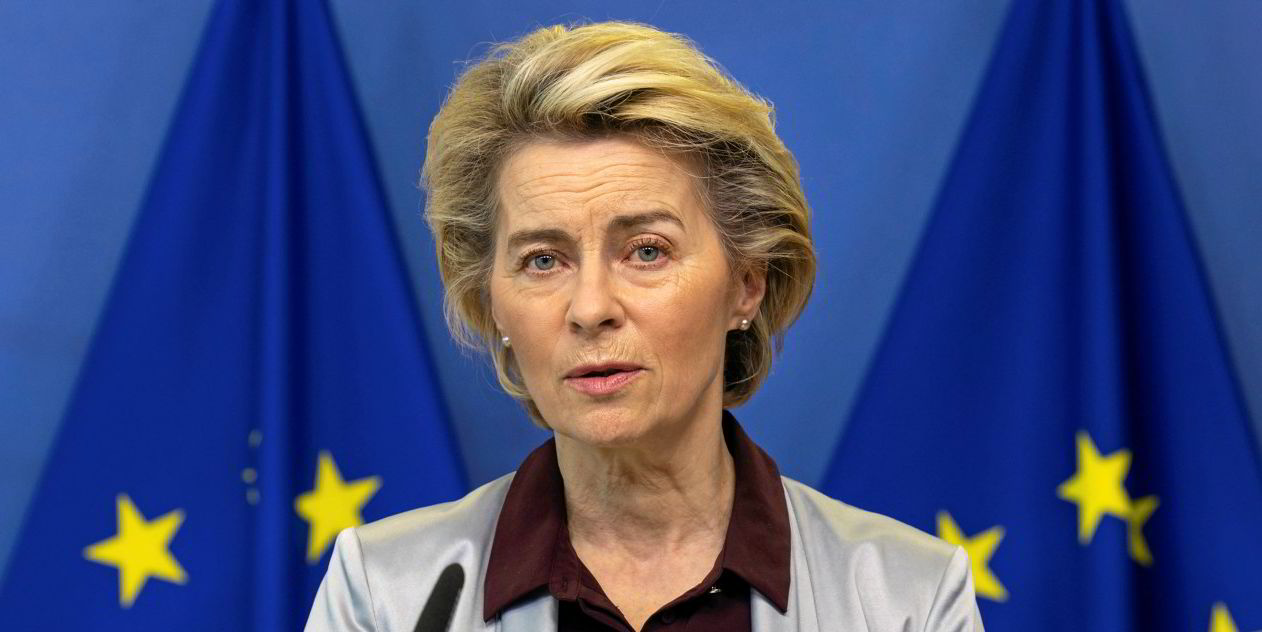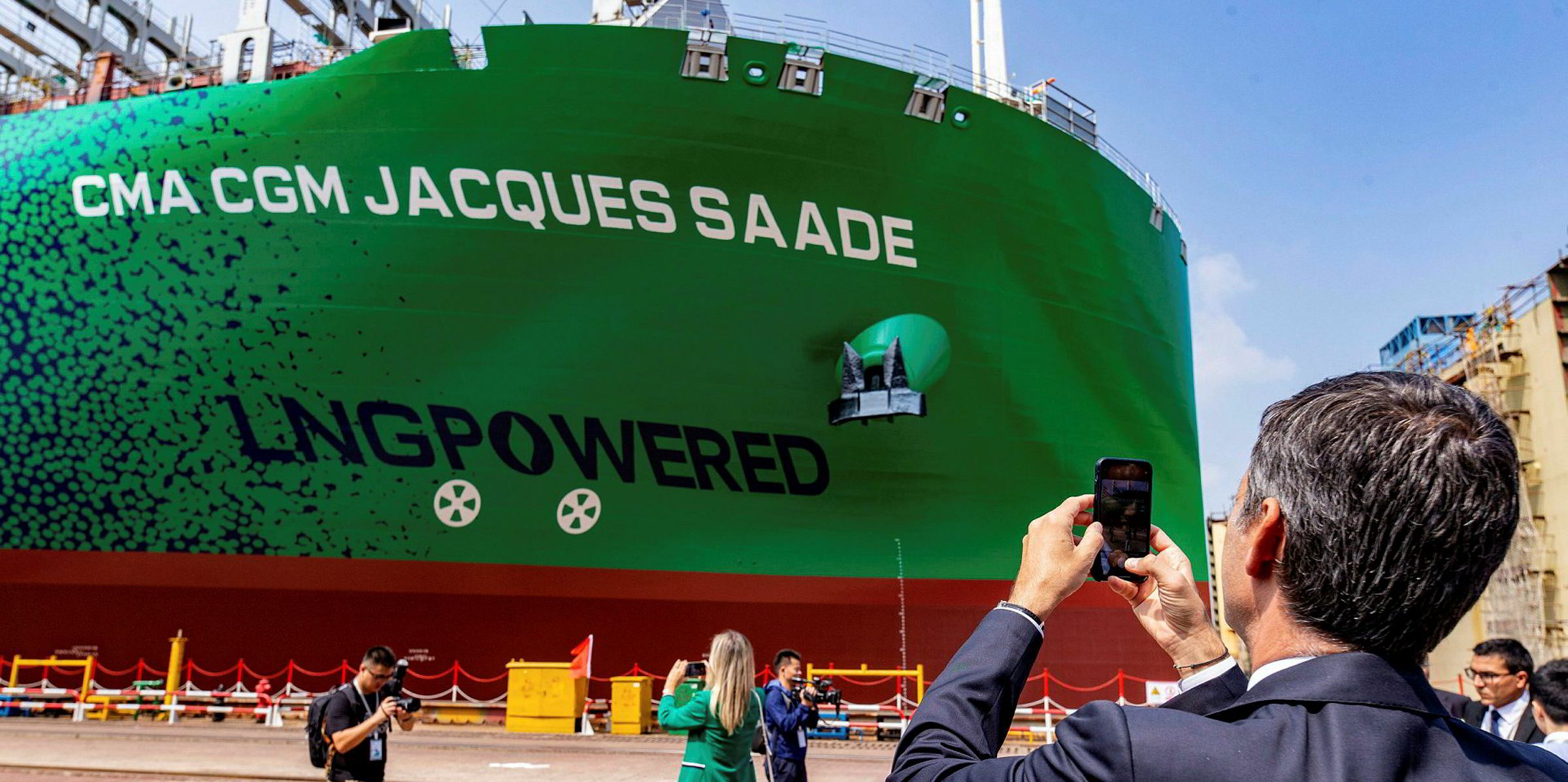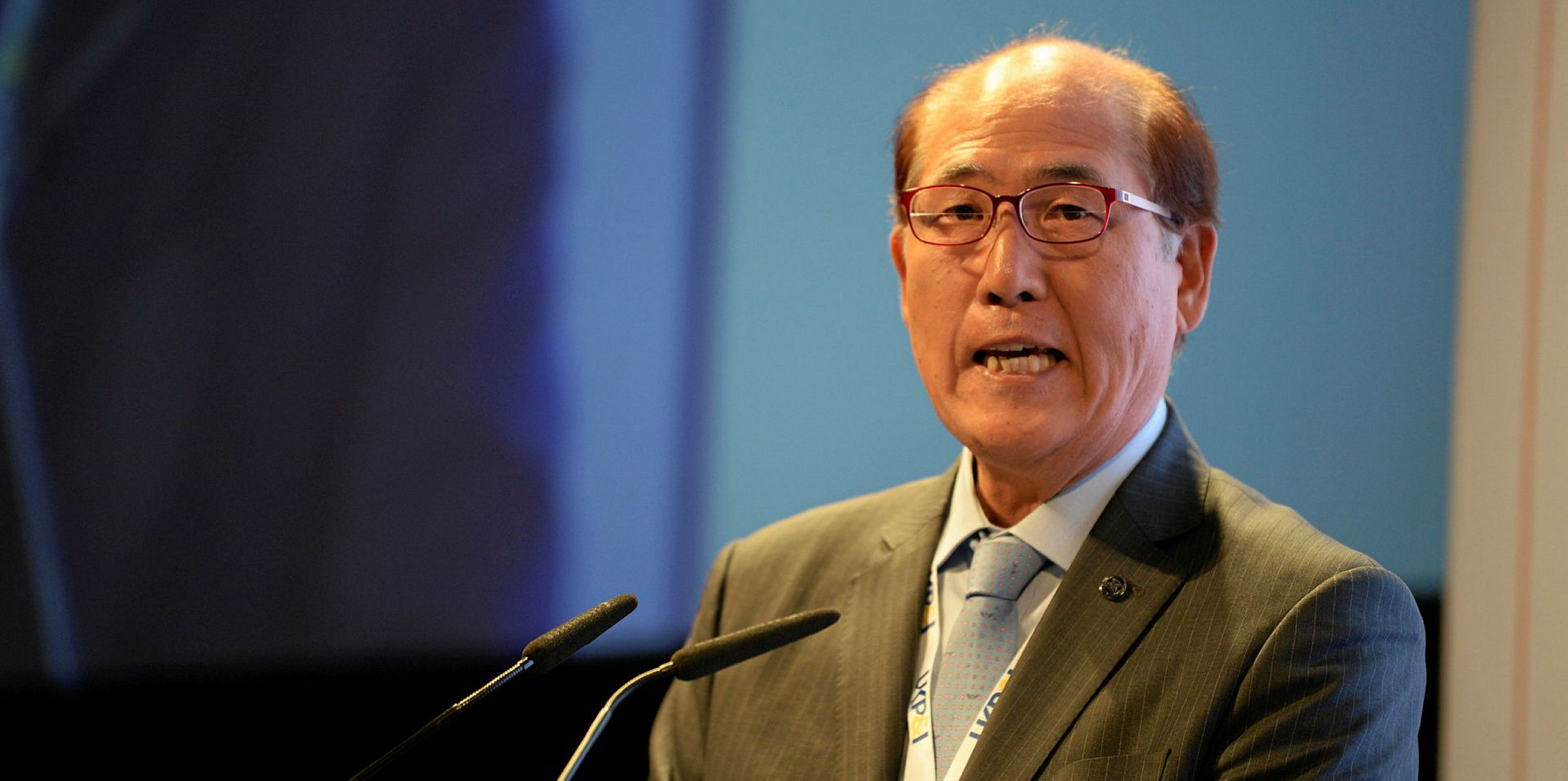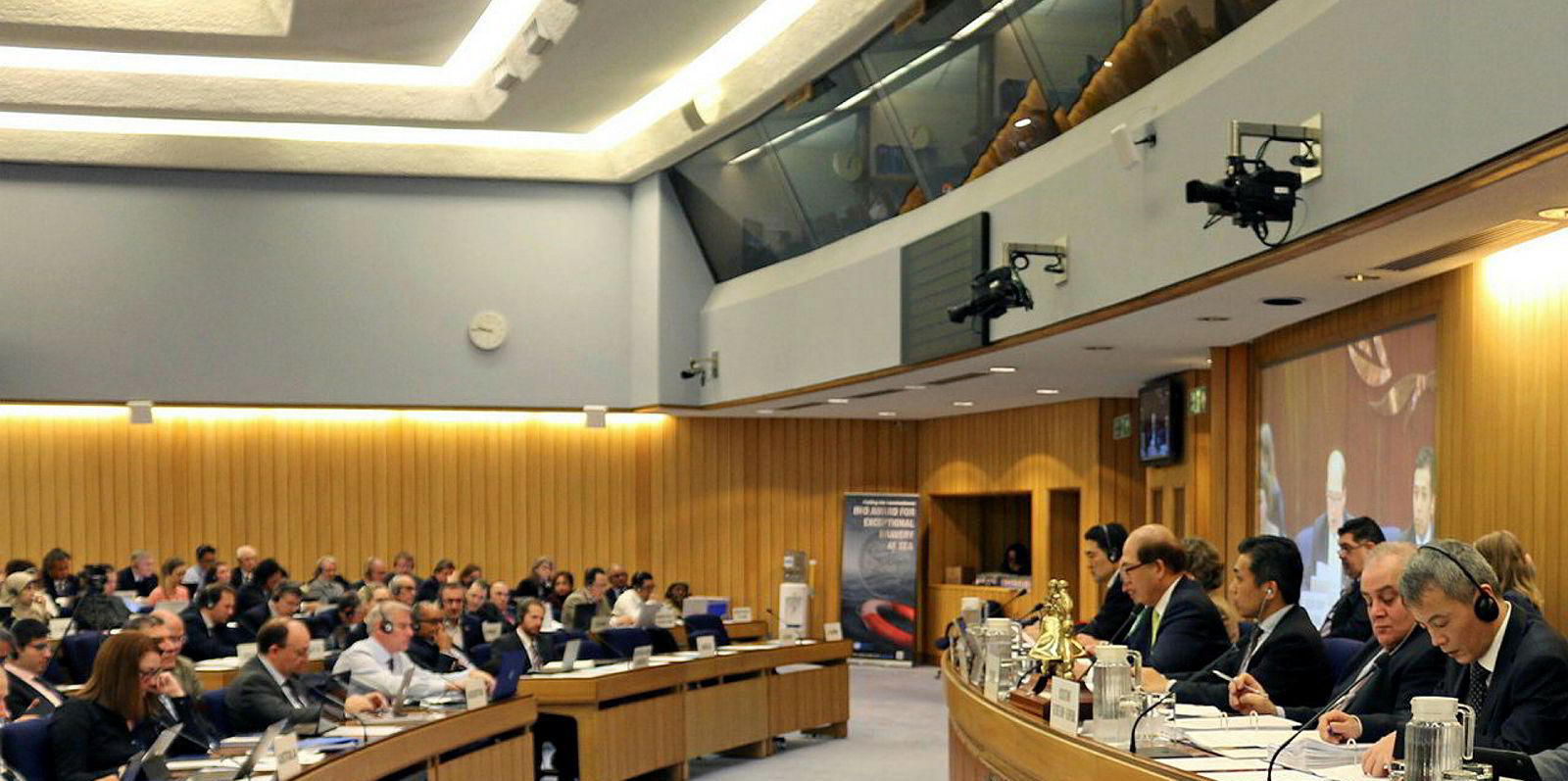The International Maritime Organization last week crept forward with moves to decarbonise the shipping industry. Secretary general Kitack Lim praised the spirit of cooperation at the Marine Environment Protection Committee as new fuel-efficiency standards were agreed for the existing fleet.
It is a positive step and will itself have important cost implications for the world's fleet after it comes into effect in 2023.
It is also good to see the IMO considering whether to establish a $5bn zero-emission technology fund backed by a fuel levy.
But these are baby steps compared with the change needed if the maritime industry is to meet the United Nations’ own goals from the Paris Agreement on climate change.
The world’s leading climate scientists who drew up that agreement have said the world has 10 years to act, or face devastating human and natural consequences.
The consequence of delays at the IMO is that regional policymakers in Brussels, under pressure from the public and others in the wider business community, will do their own thing.
Washington DC could too, with the election of Joe Biden as president in the US. America is not a big fleet-owning country but has enormous geopolitical influence, which could be put to different use now that climate-denying Donald Trump is leaving the White House.
If Biden started to weigh in on behalf of the IMO alongside his wider $2trn green industrial strategy, it could help speed up a global solution.
Emissions trading
But it is also possible that Biden could go in the opposite direction and drive forward with a US-based emissions trading system (ETS). Some senators from Biden’s own Democratic Party are already developing legislation for this.
Equally, UK Prime Minister Boris Johnson last week outlined his own 10-point plan to tackle climate change, including a determination to help decarbonise shipping while ending the sale of diesel cars by 2030.
But, after last week’s IMO meeting, the question is not whether the European Union can be persuaded to hold off plans for shipping to be included in its carbon ETS, it is how will such a scheme operate?
The Paris Agreement calls upon developed countries to take the lead by undertaking economy-wide absolute emission reduction targets
European Union spokesperson
And, in particular, what will be the scope of that trading scheme? Will it apply to all seaborne journeys that begin or end at an EU port or just intra-EU trades?
The European Parliament wants the former, but the European Commission — the executive branch of the EU — has yet to pronounce on the issue.
On 13 November, the EC opened a public consultation on extending the EU ETS to shipping and aviation. It will close on 5 February.
A spokesperson for the EC made clear that the EU would both support the IMO and pursue its own regional goals.
Raising the bar
“The Paris Agreement calls upon developed countries to take the lead by undertaking economy-wide absolute emission reduction targets,” the spokesperson said.
“In this context, the EU has decided to set the bar higher and be at the forefront of global climate action, with the objective to become the first carbon-neutral continent by 2050 and to reduce emissions by at least 55% by 2030 compared to 1990 levels.”
The spokesperson declined to be drawn on the likely scope of the scheme. But he pointed out that EU international carbon emissions from shipping and aviation had grown by 50% since 1990 and said action on this was “urgent”.
The tough lobbying that is the real focus of attention for many in shipping is trying to limit the scope of any ETS scheme, head off an “extra” jurisdiction in favour of an “intra-EU” trading scheme.
Disadvantaged
This seems to be the position of AP Moller-Maersk and the global container lobby group, the World Shipping Council.
But there are also those EU-based shipowners who want to prevent a pure intra-EU scheme because they see themselves as specially disadvantaged by that.
Clarksons Platou Securities estimates buying carbon permits under an EU ETS at today’s prices could add $4,000 per day to an aframax tanker’s operating costs.
Slow-steaming shipowners will limit their fuel and carbon costs, but the real answer is new fuels that are unlikely to be ready for an ETS but could arrive within two years.
If the IMO continues its own slow steaming with an endless round of new talks, the future of the industry will be decided more and more outside the room.






